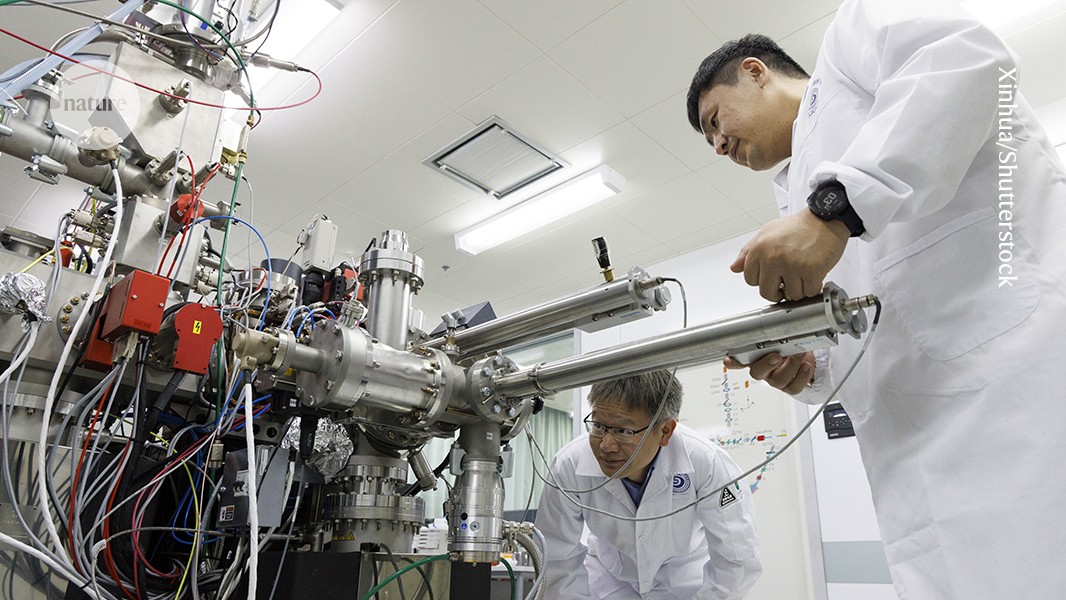
"Sifting through the first-ever rock samples collected from the far side of the Moon, scientists in China have unearthed a surprise: fragments of a rare type of meteorite that could help to piece together the Solar System's history. The debris - scooped up by China's Chang'e-6 mission and returned to Earth in June last year - resembles material from asteroids that carry dust pre-dating the Solar System. Studying the chemical composition of this debris could help to trace how asteroids seeded planetary bodies such as Earth and the Moon with volatile compounds including water."
"Most missions that have returned rocks from the Moon have sampled the surface facing Earth - the near side - which has fewer craters and has hosted greater volcanic activity. Chang'e-6, however, landed on the far side, at the Moon's largest, deepest crater - the South Pole-Aitken Basin, which accounts for about one-quarter of the Moon's surface area. One of the main objectives was to better understand why the far side looks so different from the near side. Another was to explore the huge basin, which scientists think was created when an asteroid smashed into the Moon about 4 billion years ago. The crater is probably rich with fragments from that and other asteroid impacts, alongside rock from the lunar mantle - the layer beneath the crust - dredged up by the collisions."
Chang'e-6 returned the first-ever rock samples from the Moon's far side, specifically the South Pole-Aitken Basin. Analyses of the returned debris revealed fragments matching a rare meteorite type that resembles material from carbonaceous asteroids carrying pre-solar dust. Chemical ratios of iron, manganese and zinc indicate the fragments are exogenous meteorite material rather than lunar mantle rock. These primitive meteorite fragments could illuminate how asteroids delivered volatile compounds, including water, to planetary bodies such as Earth and the Moon. The finding was unexpected among basin samples excavated by ancient large impacts.
Read at Nature
Unable to calculate read time
Collection
[
|
...
]